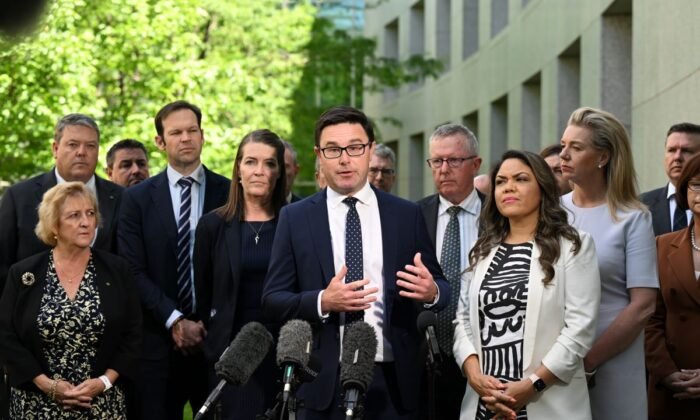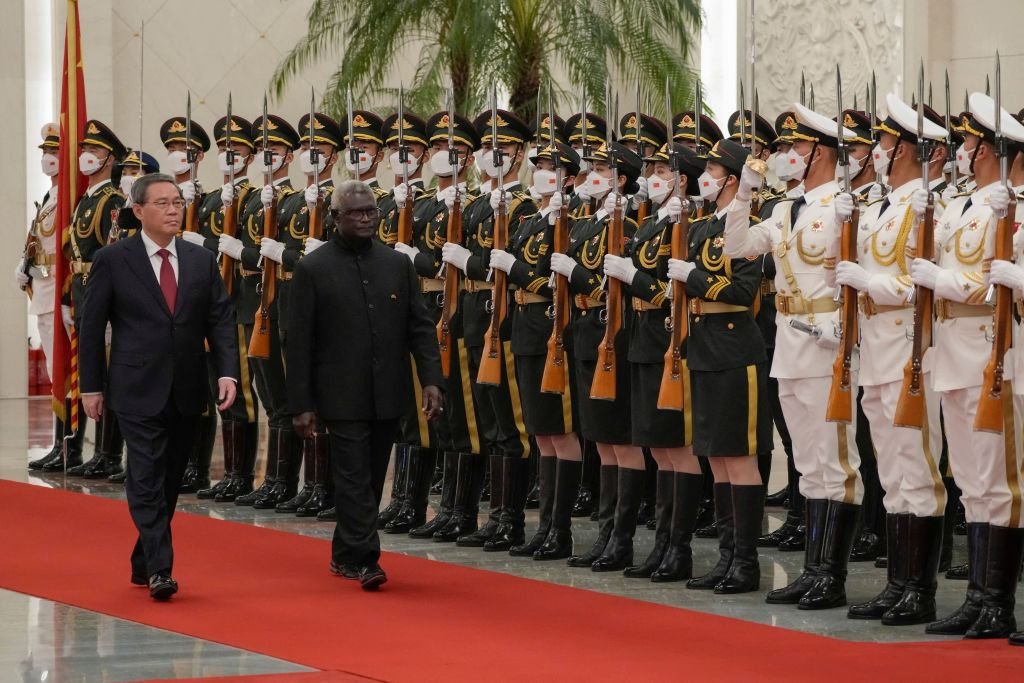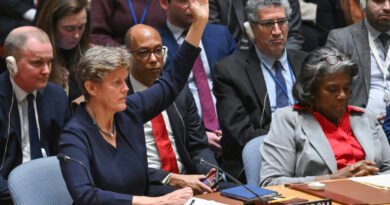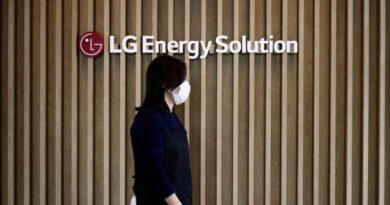Nationals Demand a Halt to Renewable Energy Projects
The National Party is declaring its official opposition to renewable energy sources such as wind and solar farms, saying they should be subject to the same approval processes fossil fuels have been for decades.
At the annually-held Nationals Federal Conference 2023 that took place over the weekend, a proposal was passed demanding the government place a moratorium on all large-scale renewable energy projects until they satisfy an approval process put in place with regard to the Environmental Protection and Biodiversity Conservation Act (EPBC.)
Queensland Nationals Senator Matt Canavan said there was no reason renewables projects shouldn’t be subject to the same degree of scrutiny traditionally imposed on coal mines.
“The environmental impact of a wind farm is just as significant as a large coal mine, especially given the wind farm takes up even more land,” Mr. Canavan told reporters.
He also articulated his environmental concerns about the Albanese Labor Government’s planned rollout of wind and solar farms on the road to net zero.
“We should have a no-regrets approach to the environment. We don’t have proper approval processes in place for large-scale renewable energy projects. Let’s get them in place first before we destroy our natural environment.”
Environmental Ramifications
The potential for environmental degradation during the construction of renewable energy projects has only recently entered the limelight and is likely to spur backlash from individuals across the political spectrum, particularly environmentalists worried about the ecological ramifications.
Evidence suggests that the assembly of transmission lines required to rewire the national energy grid to make way for renewables will create a number of negative externalities for local communities.
In terms of the effect on terrain, the construction of transmission lines in regional areas can typically cause disruption of habitats and loss of vegetation. Culturally, it has the potential to polarise local landowners into two camps: those willing to allow renewable energy companies to access their land in exchange for compensation and those who will not.
But the transmission lines and the generators themselves will need to be installed along Australia’s eastern seaboard as all electricity generation must remain reasonably close to Australia’s coastal cities. It is also important to minimise the distance between energy sources and consumption sinks to prevent line losses—the inevitable loss of electricity during transmission. Thus leaving the government with no other option than to install its planned renewable energy facilities across rural areas.
Outlook for the Energy Grid
Queensland Nationals MP Colin Boyce opposes his party room’s recent decision to maintain its official support for Australia’s pursuit of net zero due to its potential further exacerbation of current inflation levels.
“People have to realise at some point in time what is driving the cost of living. It is the single biggest issue that is affecting family households,” Mr. Boyce told the Epoch Times.
“One of the biggest factors in the household budget is the electricity bill. As we phase out and make policy in respect to traditional power generation and replace it with wind turbines and solar panels, all of the infrastructure bills that are required to achieve all that is what the consumer is paying for.”
He also outlined that the Nationals’ official standing is unlikely to change until voters react to these inflationary pressures at the ballot box.
“The internal sentiment is that an overall majority support the original standing of net zero by 2050. It’s early days. One of the problems is that it takes time for these policies implemented by governments to wash through and have their effect on the greater public. This summer will be an interesting summer for the electricity grid and its capacity to be able to provide for consumers.”
- Biden’s open borders policy exacerbates increasing male workforce dropouts
- Biden’s Recent Press Conference Encounters Trouble: “I’m Retiring for the Night”






